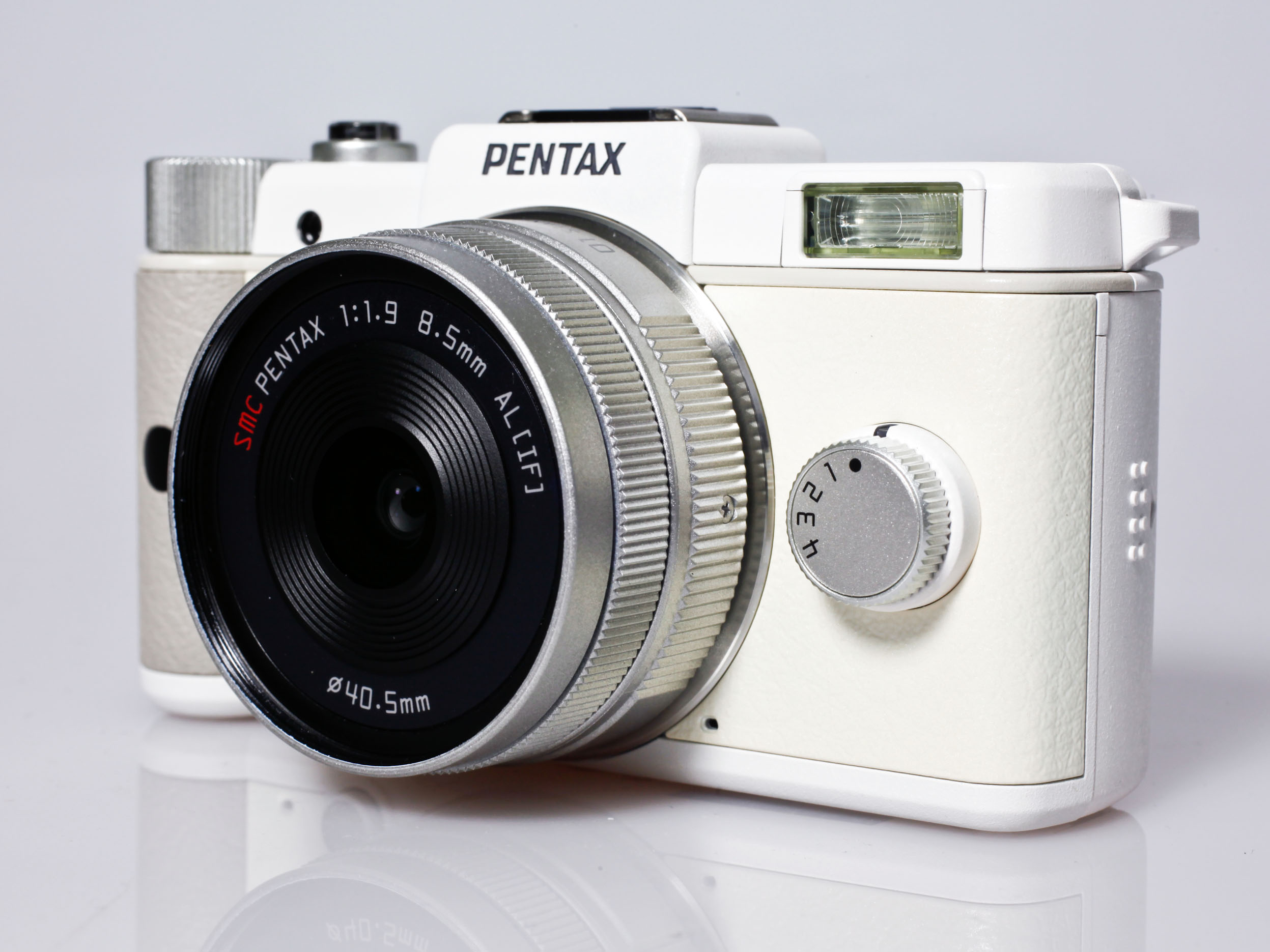Why you can trust TechRadar
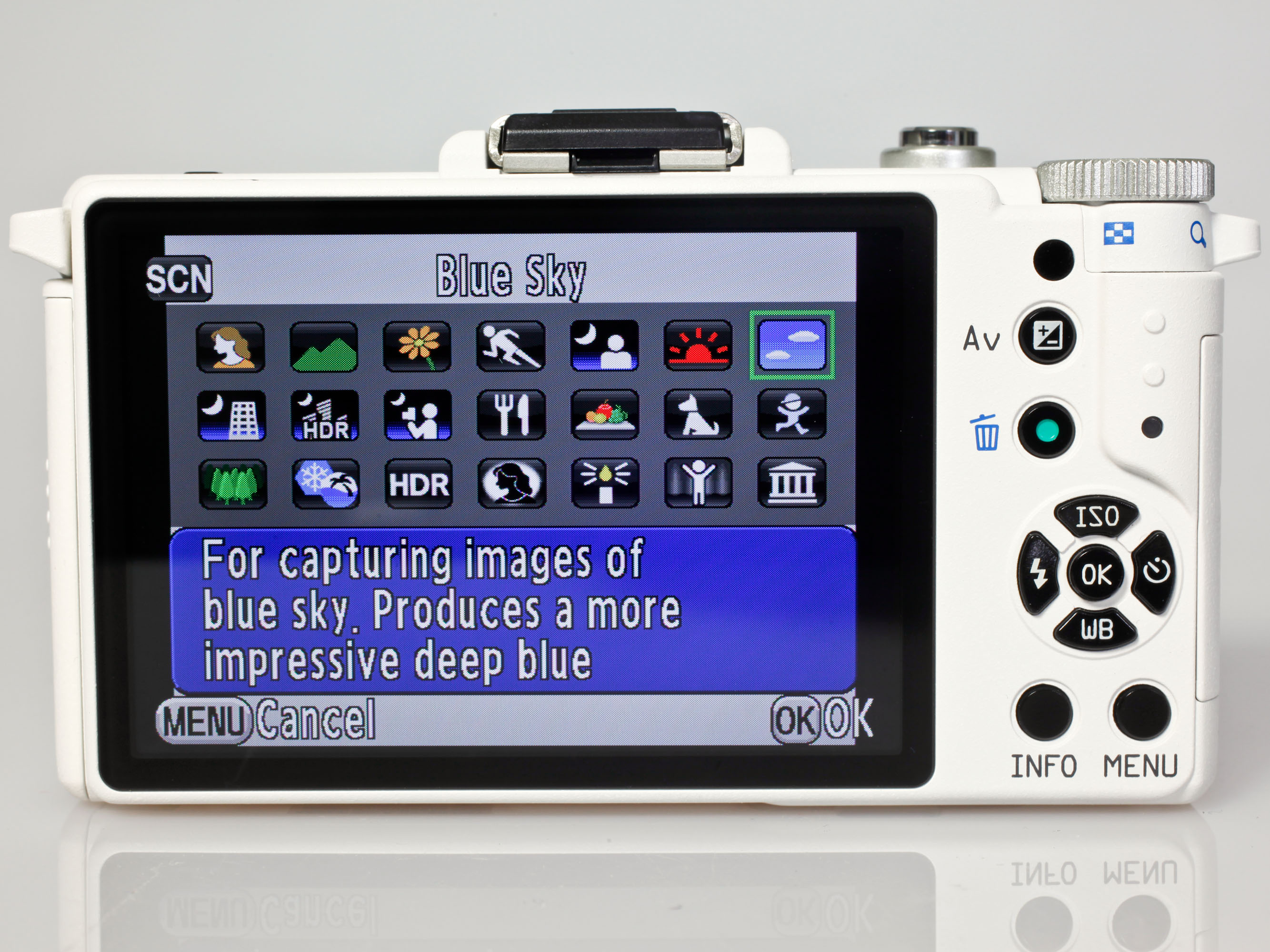
Despite its compact size, Pentax has squeezed a lot of useful functions into the Q that should please both enthusiasts and inexperienced photographers. The usual range of Program, Manual, Aperture Priority and Shutter Priority modes are complemented by a standard automatic mode and the usual array of scene program modes found on many compact cameras.
Because this camera has such a small sensor compared to other interchangeable lens cameras, it can be difficult to blur backgrounds and isolate your subject with shallow depth of field. To address this issue for JPEG files, a Blur Control mode is also included. This mode creates a pronounced blur effect in out of focus areas.
Although it doesn't always get it right, effect produced by the Blur Control mode is often quite pleasant and convincing, and the strength of the effect can be controlled.
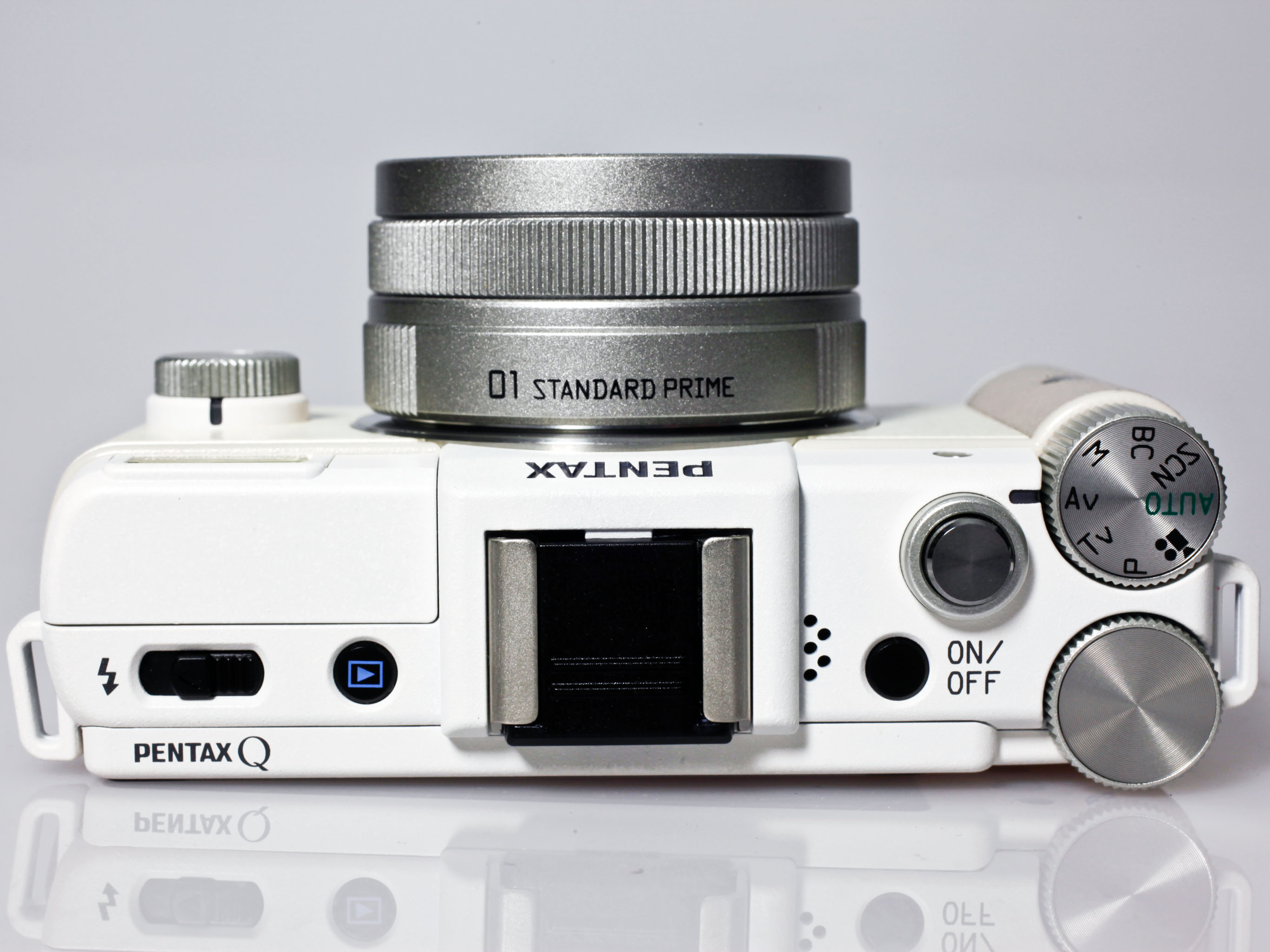
To address issues with high contrast scenes, an automatic JPEG-only HDR mode is also included. In this mode the camera takes multiple images and merges them to produce an image with more detail in the highlight and shadow areas.
Unfortunately the HDR feature can often lead to flat-looking photos that need tweaking afterwards in image editing software.
Conveniently, images can be recorded in Adobe DNG raw image format, which enables files to be converted using any software that supports this open standard, such as Adobe Lightroom, Photoshop Elements, Silkypix and Capture One. Raw capture is standard among other interchangeable lens cameras, and it enables experienced users to make the most of their images.
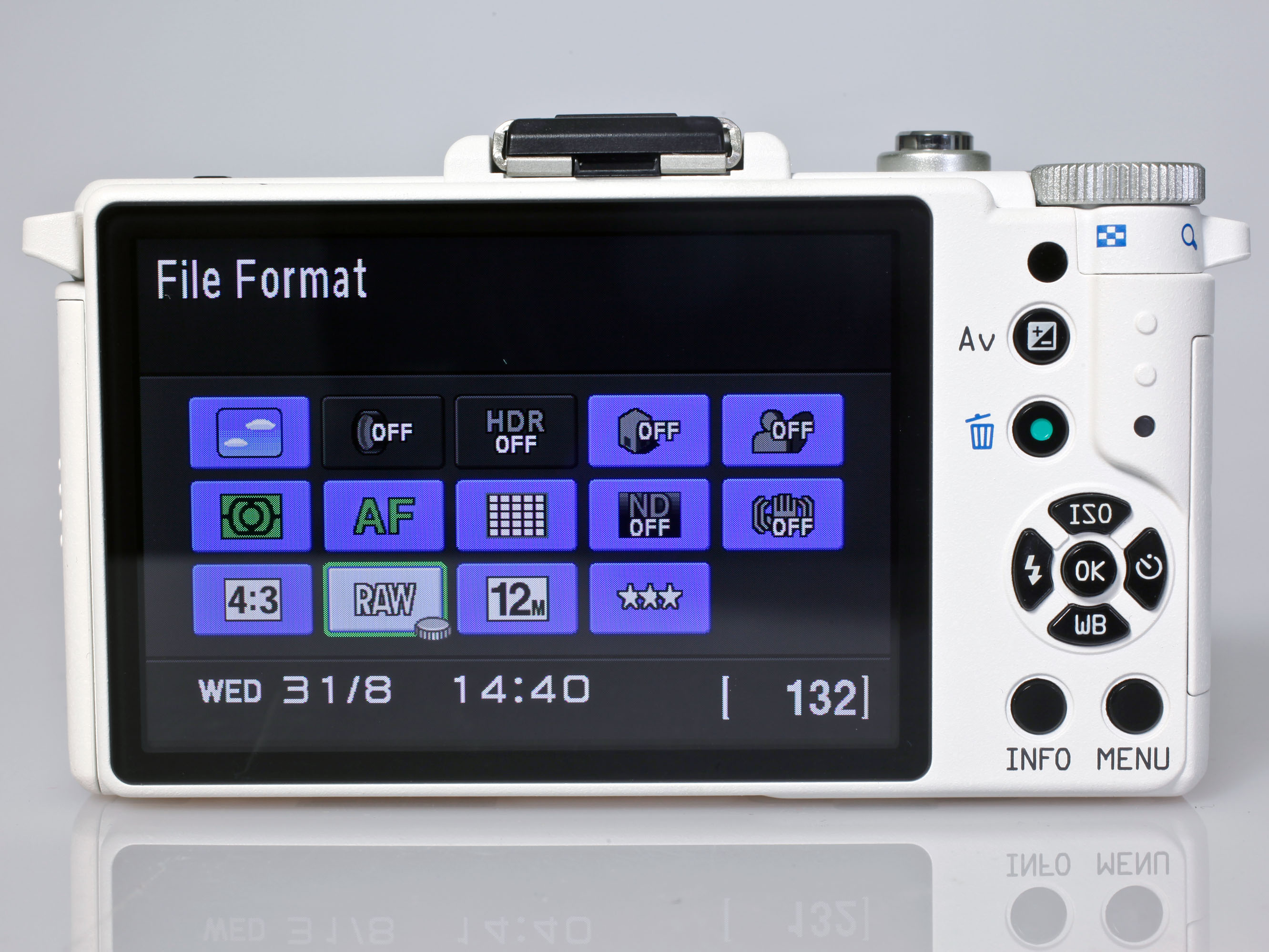
A 3-inch LCD display with a resolution of 460,000 dots fills much of the rear of the Pentax Q. This screen is bright and clear, even if the resolution isn't the highest available. Some text in the menus can appear a little rough around the edges, but it's still easy enough to read. The tough plastic cover has a good anti-reflective coating applied, which helps with using the screen in bright conditions.
Sign up for breaking news, reviews, opinion, top tech deals, and more.
Those who detest LCD screens can pick up an optional optical viewfinder, which attaches via the camera's hotshoe. Unfortunately this accessory costs an eye-watering £240.

A shake reduction feature moves the CMOS sensor inside the camera body to counteract motion encountered when taking handheld photos. As the shake reduction system is in the camera, rather than the lens, smaller, lighter optics can be produced at a lower cost than comparable lenses with optical stabilisation.
Another trick this sensor has up its sleeve is Pentax's DR II dust removal system. This works by vibrating the sensor to remove unwanted particles from the sensor surface that may show in images.

A small flash unit with a novel design is built into the body of the Pentax Q. The flash extends approximately 1.5-inches above the camera on an articulated arm, which should help to reduce red-eye and improve flash coverage when shooting close to a subject.
With lenses that have a built-in shutter, this flash unit will sync at every available shutter speed, right up to 1/2000 seconds. However, with optics such as the toy lenses and the fisheye that have no internal mechanical shutter, the camera has to rely on an electronic shutter and the maximum sync speed is reduced to a more modest 1/13 seconds, which may pose issues if using the flash for fill in bright conditions.
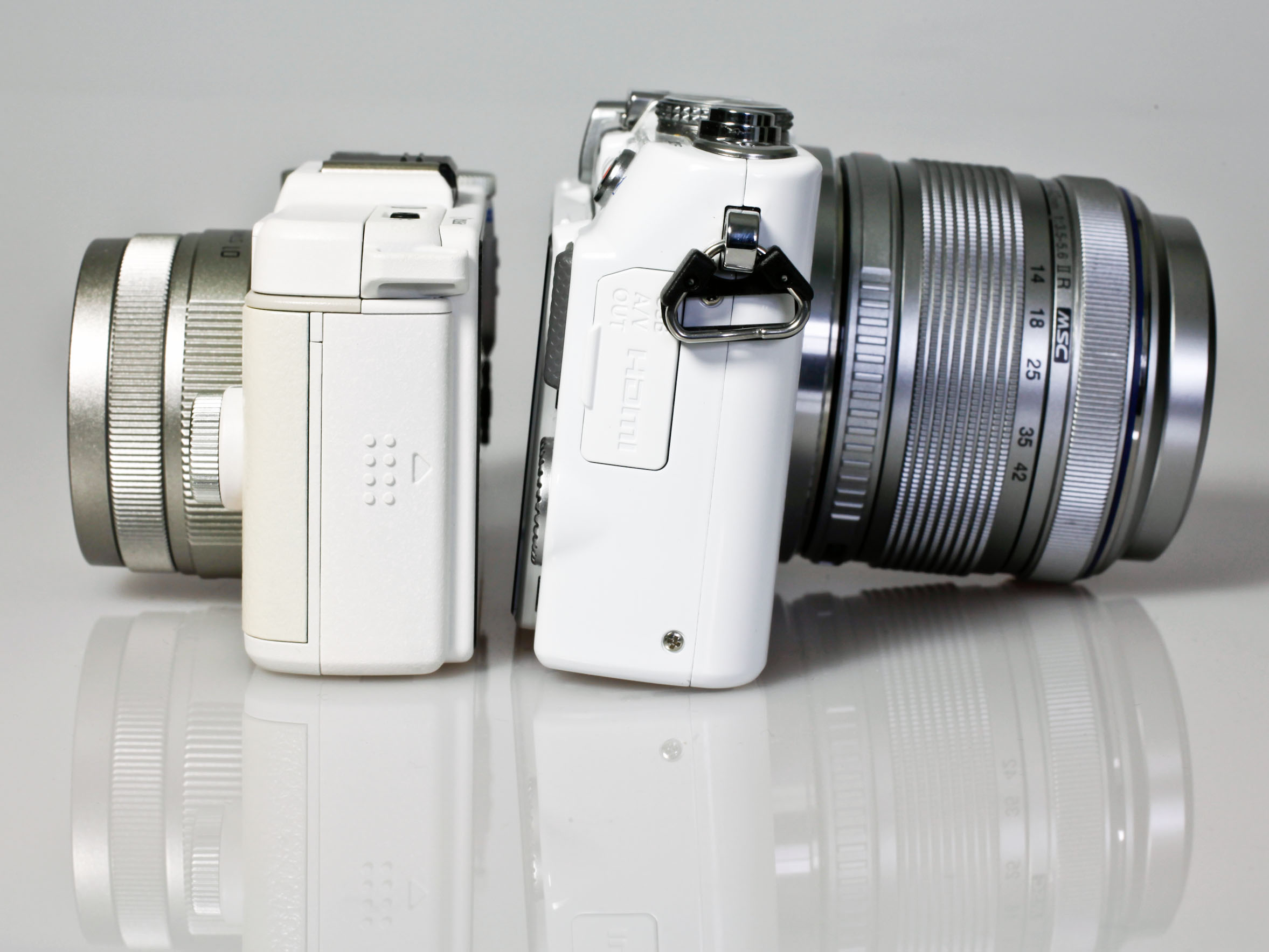
A hotshoe with electronic contacts for dedicated Pentax flash units is also provided. As it's a standard hotshoe, other accessories such as wireless flash triggering devices may also be used.
Full HD 1080p video can be recorded at 30fps in the popular MPEG-4 format, and output via the included micro HDMI connection provided. This connection is smaller than the micro HDMI that's more commonly found on digital cameras, so an alternative cable may need to be sourced if using this feature.
Autofocus is disabled during recording, which is a little disappointing, but not too much of an issue due to the large depth of field created by the use of a small sensor.
